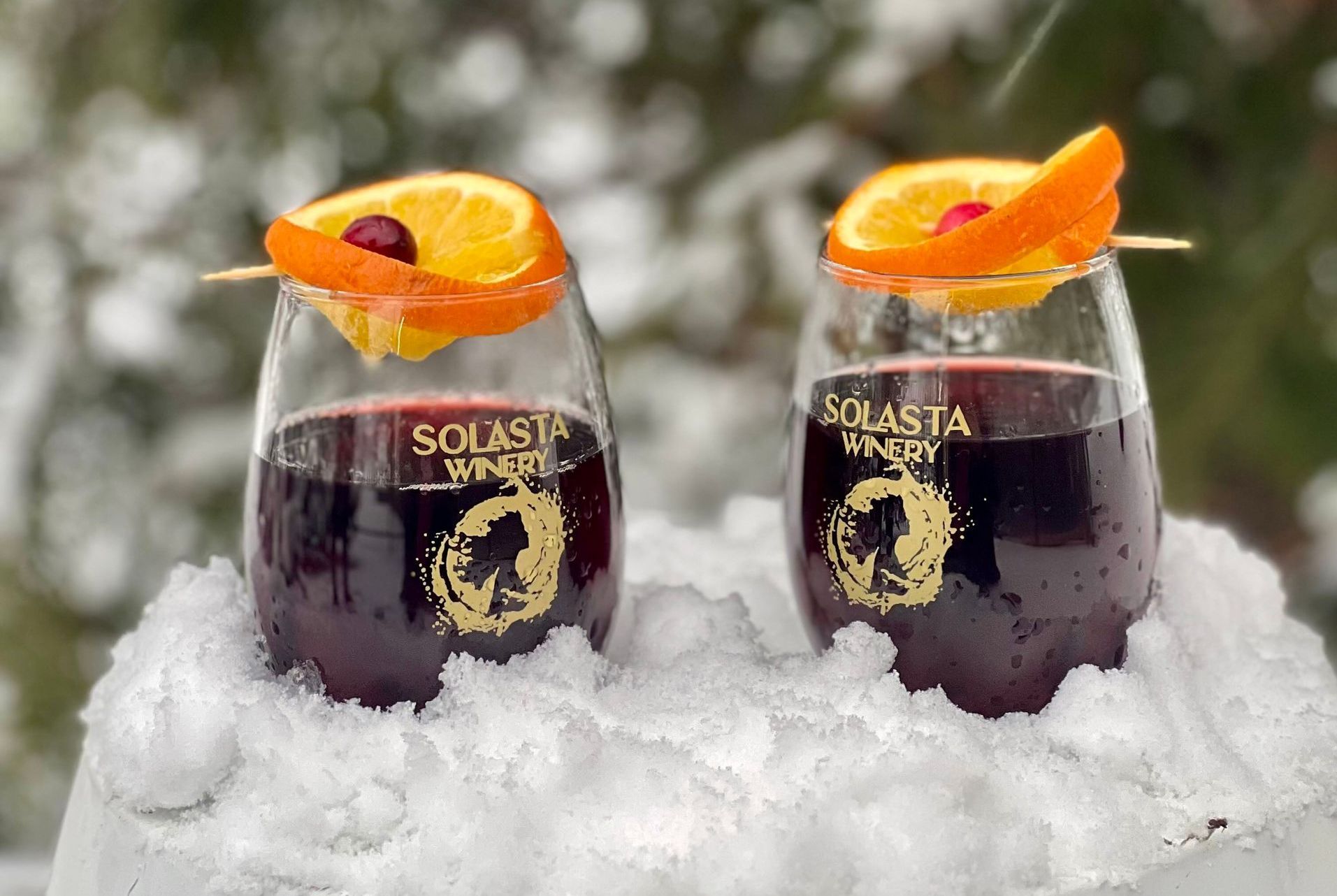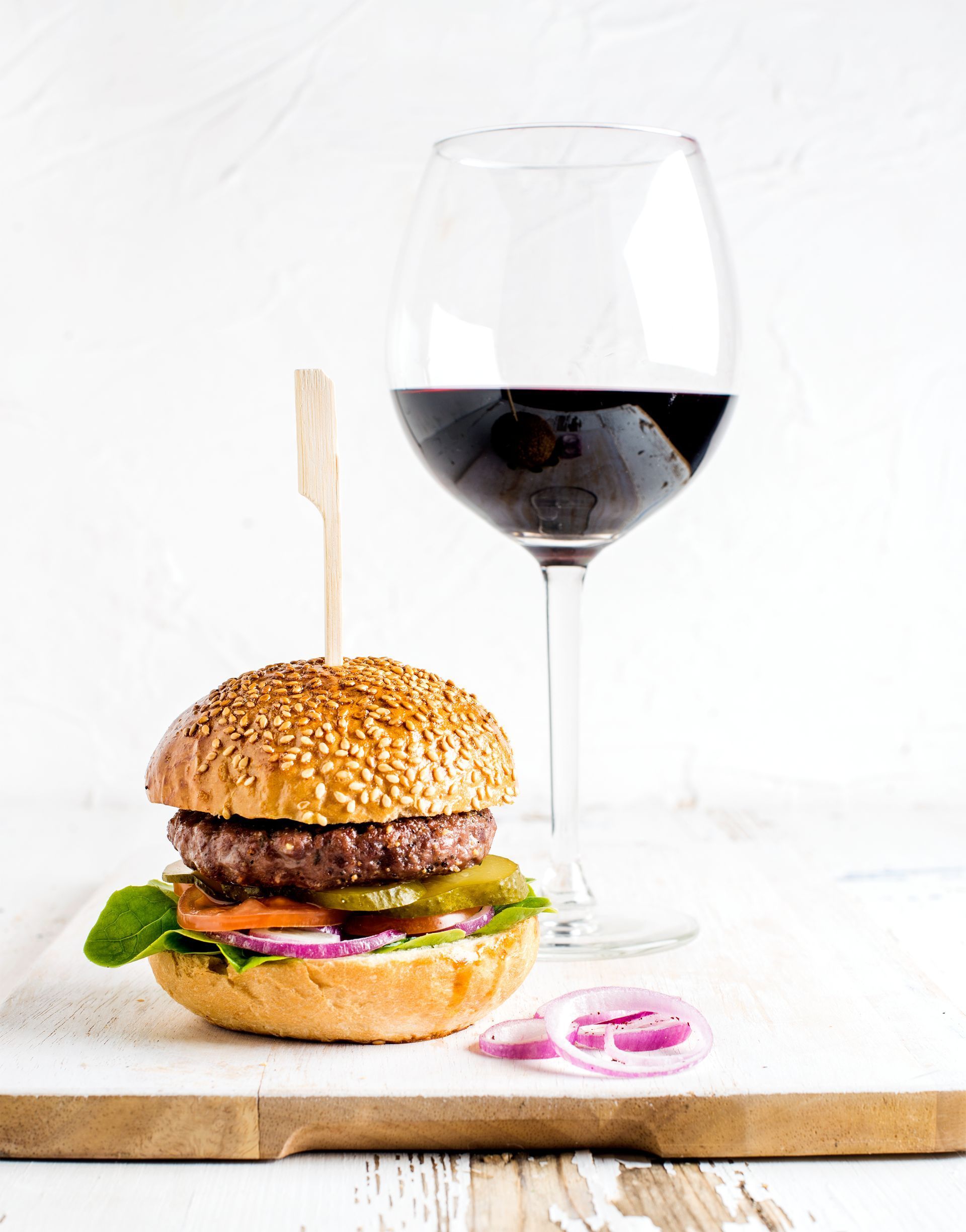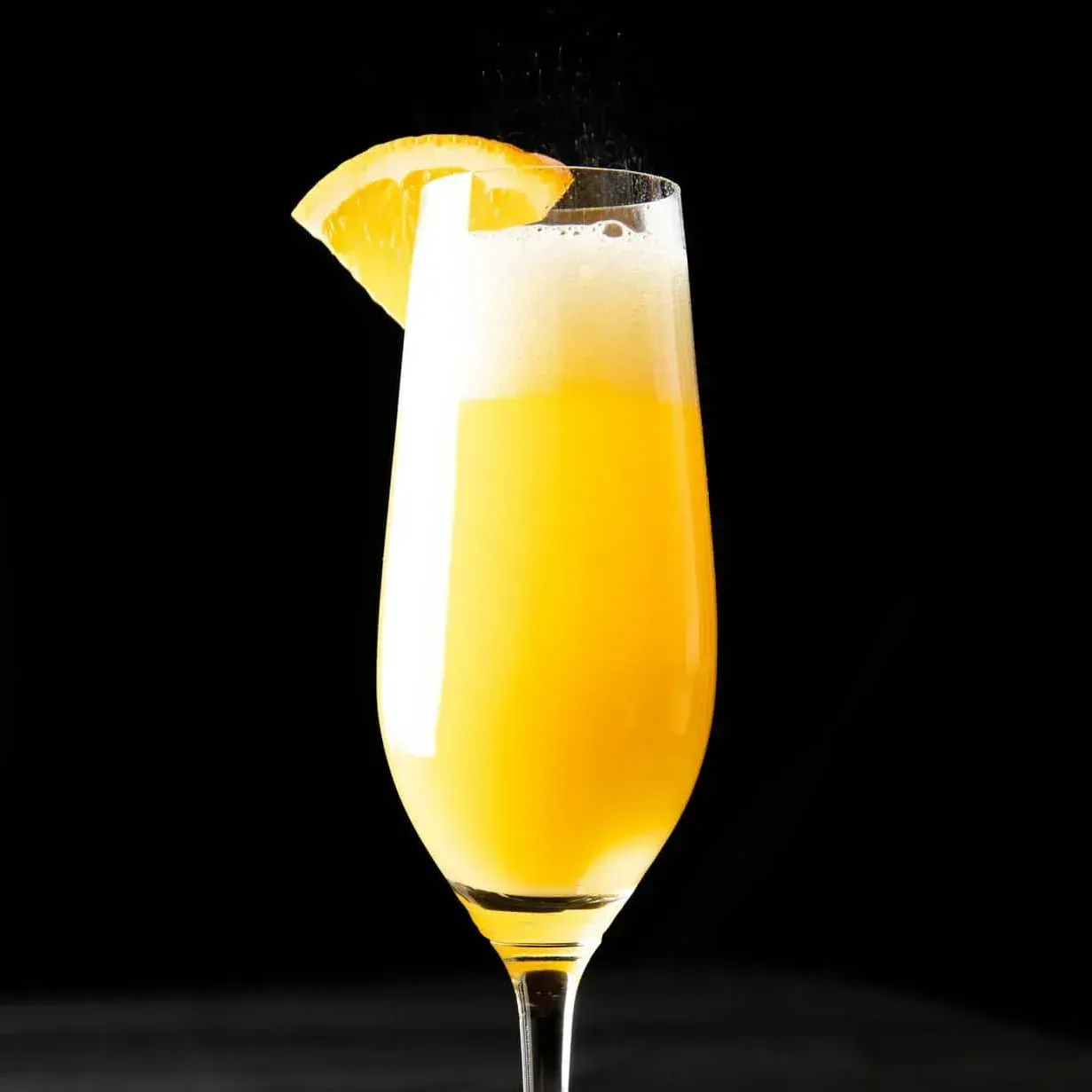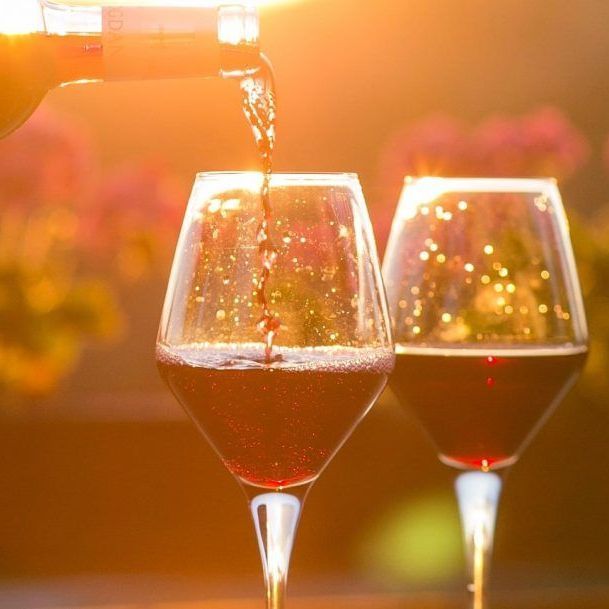Mulled Wine
A Cozy Winter Tradition: The Magic of Mulled Wine
When the chill of winter settles in, few things are as comforting as a warm, spiced beverage in hand. Among the seasonal favorites, mulled wine stands out—a classic drink steeped in tradition, history, and holiday cheer. Let's dive into what makes mulled wine so special, how it became a winter staple, and how you can make your own.
A Brief History of Mulled Wine
The origins of mulled wine date back to ancient Rome, where wine was often heated and infused with spices to enhance its flavor and preserve it during the colder months. As the Roman Empire expanded, so did the custom of spiced wine, reaching far corners of Europe.
By the Middle Ages, mulled wine was widely enjoyed, often associated with health benefits and festive gatherings. Over time, it became a hallmark of Christmas markets in Germany, Scandinavia, and beyond, where its aroma of cloves, cinnamon, and citrus wafts through bustling holiday stalls.
The Allure of Mulled Wine
What makes mulled wine so beloved? It's more than just a drink; it's an experience. The warming spices, rich flavors, and aromatic steam create a sensory treat that instantly evokes feelings of comfort and nostalgia. Whether sipped by the fire or served at a holiday party, it's a beverage that brings people together.
How to Make the Perfect Mulled Wine
The beauty of mulled wine lies in its simplicity and versatility. Here's a basic recipe to get you started:
Ingredients for Solasta Mulled Wine:
1 bottle of red wine blend
1 bottle of cranberry wine
1/2 bottle of blush wine blend
3 ounces of fort dessert wine
9 tb sugar
1 packet of Solasta mulling spices available at our tasting room for easy mixing
We also offer in house mulled wine every Thursday-Sunday throughout the winter!!
Instructions:
1. Combine Ingredients: In a crockpot combine all of the ingredients
2. Heat Gently: Heat on high 1-1.5 hours, then bring down to warm (making sure not to bring to a full boil)
3. Serve: Garnish with a slice of orange, cranberries, or a cinnamon stick for a festive touch.
Customizing Your Mulled Wine
The recipe above is just a starting point. Feel free to experiment with additional ingredients like fresh ginger, nutmeg, or even vanilla. You can also adjust the sweetness and alcohol content to suit your preference.
For those avoiding alcohol, mulled cider or grape juice can serve as a delicious alternative.
The Cultural Appeal of Mulled Wine
Mulled wine goes by many names: Glühwein in Germany, vin chaud in France, and glögg in Sweden. Each culture puts its own twist on the recipe, often reflecting local flavors and traditions. Whether served with almonds and raisins (as in Sweden) or paired with gingerbread cookies at a German market, mulled wine is a unifying symbol of winter warmth.
Regional Twists on Mulled Wine
While the base recipe of mulled wine remains similar, each region adds its unique flair:
1. Glühwein (Germany and Austria):
Glühwein, meaning "glow wine," is often served in festive ceramic mugs at Christmas markets. Classic recipes feature red wine, cloves, cinnamon, and citrus, but variations like "Feuerzangenbowle" (Glühwein with a flaming rum-soaked sugar cone) add theatrical flair.
2. Vin Chaud (France):
In France, vin chaud is traditionally served après-ski or at Christmas markets. French recipes often incorporate local wines like Beaujolais and may include lavender or vanilla for an elegant twist.
3. Glögg (Sweden and Nordic Countries):
Scandinavian glögg takes mulled wine to a new level. Made with red wine, sugar, and spices, it's typically fortified with vodka or aquavit. The drink is served with almonds and raisins, creating a festive snack within the drink itself. White wine glögg is also popular.
4. Forralt Bor (Hungary):
Hungarian mulled wine often includes unique spices like black pepper and uses local wines such as Egri Bikavér. It's a staple at winter fairs and ski resorts.
5. Sangria Caliente (Spain):
In Spain, mulled wine takes a lighter, fruitier turn, often featuring local citrus and lighter-bodied red wines. Some recipes include a splash of brandy for added depth.
The Ultimate Mulled Wine Pairings
Mulled wine is delightful on its own but pairs beautifully with seasonal treats:
• Savory Pairings: Serve with charcuterie boards, aged cheeses, or roasted nuts for a cozy appetizer spread.
• Sweet Pairings: Gingerbread cookies, mince pies, or spiced fruitcake complement the warm, spicy notes of the wine.
• Holiday Feasts: Mulled wine is a perfect prelude to roasted meats, hearty stews, or vegetarian winter casseroles.
Mulled wine is more than just a drink—it's a celebration of winter, tradition, and togetherness. Its rich history, comforting flavors, and endless customizations make it a timeless favorite for the holiday season. So this winter, grab a bottle of wine, gather your favorite spices, and enjoy the cozy ritual of making and sipping mulled wine.
Cheers to warm mugs and warmer hearts!










